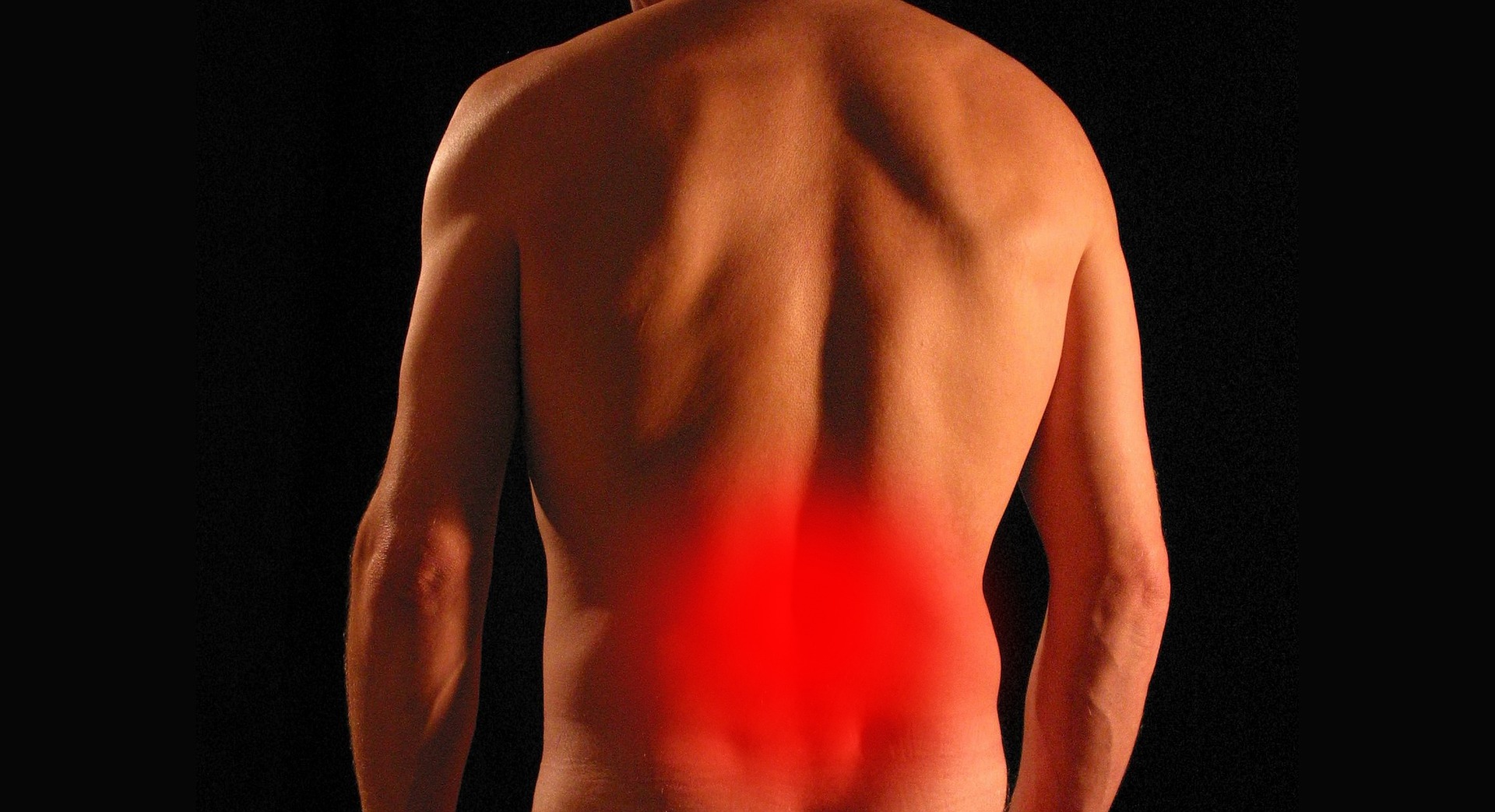Back pain can manifest for a variety of reasons and affect various structures. There are three main groups of causes of note – the activities that induce the symptoms and the structure(s) at fault. In this article, we’ll consider both.
Why do I have back pain?
Note that these causes often refer to low back pain, rather than upper back pain, as lower back pain is more prevalent a condition.
Non-specific back pain
Approximately 85% of such back pain is classified as non-specific, which means that no structural change, no inflammation and no specific disease can be found as its cause.
Clinically, this often means that no cause is detectable on investigations like x-rays and MRI’s. That’s not to say that specific lifestyle factors aren’t involved in creating the pain, which we’ll explore later in the article.
Many patients are understandably concerned by this. They want to know why they have back pain, attribute it to a specific structure and give it a definitive label.
Specific back pain
Specific low back pain, in contrast, is caused by a specific mechanical structure or pathology within the back.
Examples may include:
- Disc herniation
- Osteoarthritis
- Facet joint irritation
- Nerve root irritation
- Muscle strains or ligament sprains
Serious back pain
Serious low back pain might be considered a subset of specific low back pain – the cause, structure and pathology are known and they require immediate medical attention.
Examples may include:
- Spinal cord compression – can send altered sensation/numbness and give rise to unsteadiness while walking
- Cauda equina syndrome (compression of the bundle of spinal nerves, which control the sensation in the crotch and bladder/bowel control)
- Radiculopathy – nerve irritation or compression, which can send pain, altered sensation/numbness or weakness into the leg
- Cancer
- Spinal fractures
- Ankylosing spondylitis
What have I done to cause back pain?
With all types of back pain, patients often ask themselves, ‘why me?’ and want to know specifically what they have done to cause the issue.
Although still frustrating, there is a certain relief in knowing that you may have lifted something without the correct posture and that it has caused the problem.
Not only does this help psychologically to understand what may have happened, but in some cases might aid treatment, if the person is able to avoid whatever aggravating factors caused the issue or avoid doing them again in the future.
Unfortunately, non-specific back pain is often bereft of inciting factors, such as – I did X (action/movement) and therefore I have Y (pain).
It arises suddenly or gradually without rhyme or reason. This can be frustrating for those who suffer from pain, who simply want to know what they did to cause the problem and therefore, what they can do to fix it.
The importance of assessment
This is where qualified assessment, rather than leaving back pain untreated, can make all the difference.
A qualified medical professional, such as a doctor or physical therapist (physiotherapist) can perform a detailed examination and identify subtle factors which may have instigated the issue.
This could be anything from poor posture to reduced flexibility in certain spinal joints. These underlying factors may be an obvious cause for someone trained to look for them, but may go unrecognised in patients.
Once these lifestyle factors have been identified, non-specific and some types of specific back pain may be treatable through education, advice, treatment and rehabilitation.
Causes of back pain
The causes of back pain aren’t always clear and are sometimes impossible to identify accurately.
However, early assessment by a qualified medical practitioner is always recommended, firstly to screen for serious types of back pain and then to establish any possible explanations for the symptoms.
The good news is that, even if the exact originating cause of back pain can’t be established, it often responds well to various forms of treatment and symptom management.
